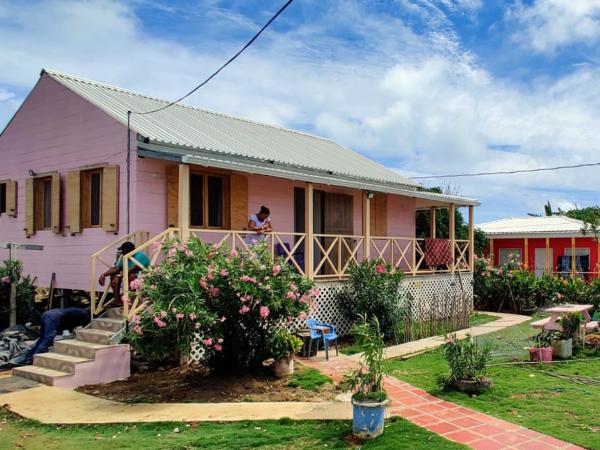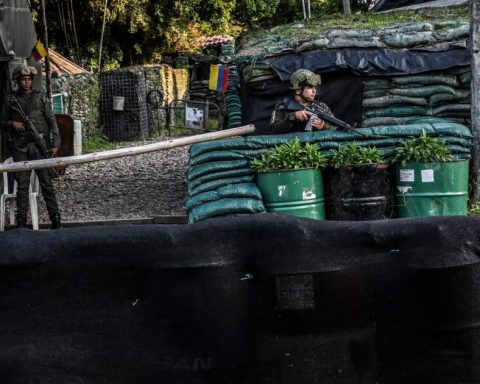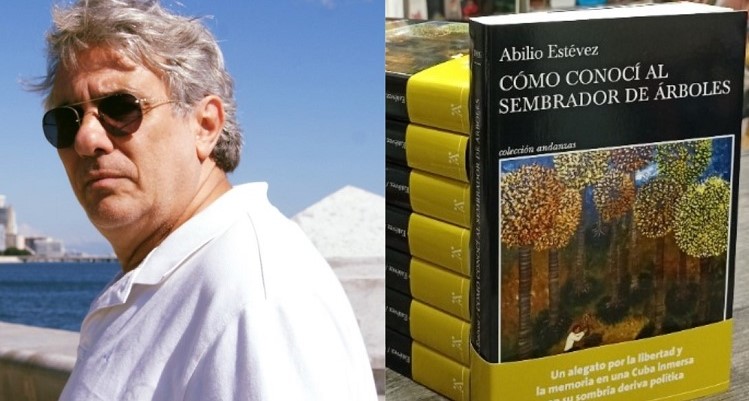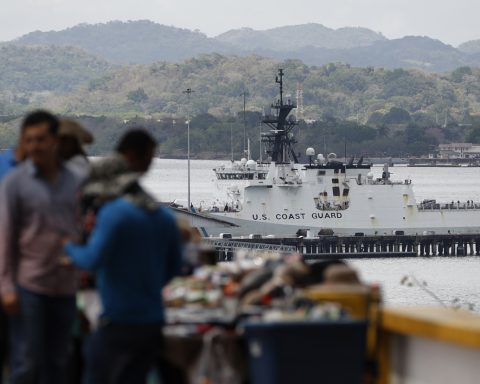The horrible night seems to cease at last. On November 15 and 16, 2020, Providencia and Santa Catalina were hit by Hurricane Iota, one of the most aggressive hurricanes to hit Colombian territory in more than a decade. It devastated schools, homes, sports venues, bars, restaurants, and cultural centers. Now after two years, and several promises, the figures are finally beginning to reach 100 and the results are visible.
(Homes in Providencia are worth more than $640 million, the consortium confirmed.)
Ricardo Bonilla, president of the Territorial Development Bank (Findeter) announced this Tuesday that the project already has a 97% progress in the reconstruction of the 1,831 homes under his responsibility, that is, a little more than 1,780 are already ready to be inhabited by the islanders.
Of this total number of houses intervened, 765 were repaired, which consisted of changing roofs (roofs), the rehabilitation of walls and structural reinforcement, the replacement of exterior doors and windows, the rehabilitation of plumbing and electrical networks, and they were painted inside. and out.
This intervention cost around $103 million per home with an average area of 96.90 square meters (some are from 40 square meters to 200 square meters), that is to say, that in this phase of the project the entity paid more than $78,795 million for all the spare parts.
Another 736 homes were adjusted to the lot, for which Findeter carried out soil studies, design, safe area inside homes, hurricane-resistant anchors, among other works, and analysis to provide these buildings with security from future unexpected events.
(Reconstruction of homes in San Andrés due to Hurricane Iota is at 97%).
This intervention it cost about $337 million for each home, which means a total investment of $277,472 million.
On the more than 330 remaining, Findeter made “refuge” type properties, the most expensive type of housing in this reconstruction, since its price ranges from $683 million to $702 million, depending on the footage (87 square meters and 114 square meters respectively ).
This investment of more than $222,512 million and $7,696,463 per square meter was made in order to provide maximum security inside the home, withstanding winds of up to 250 km/h, with a bioclimatic design that makes energy consumption efficient, with steel walls and an interior with capacity for up to 20 people, in addition, it intends to continue standing in the event of a hurricane. It is worth noting that in each house, 73 people from the island worked on this shelter project.
The completion of these 47 homes and the construction phase of this line is expected to be ready by mid-February 2023.
As of March, the entity was in charge of the reconstruction of 11 sports venues, however, only seven were finally executed. According to Findeter, due to the fact that two of these projects were not made viable and another two only carried out design studies. To date, the projects that started the construction phase have already been completed.
Likewise, after these nine months, they proposed the intervention of two schools: Boyacá and Bomboná, which had an advance of 93% and 85%, with a cutoff to December and these works were finished.
Regarding the 154 tourism establishments that needed improvements and repairs, the entity indicated that it only provided advice.
In the case of the cultural stages, these also finished their construction stage. Three out of four projects were executed and one was for studies and designs.
(Homes in Providencia: this is what the consortium that built them says).
In the case of interventions at the El Embrujo airport, since the last analysis in May, progress went from 48% to 100%, which corresponds to the expansion of its parking area.
Regarding the second phase that had not started, that is, the reconstruction of the air terminal, it is currently at 64% progress, and the construction of the control tower is about to begin.
Finally, Findeter assured that the dredging of the Agua Dulce reservoirthe construction of two tanks for water storage, module 1 of the PTAP (Drinking Water Treatment Plant) have already been completed.
In addition, the development bank is running the optimization of the Drinking Water Treatment Plant in the region.
Currently the islands have 2 desalination plants: PTAP for fresh water: which produces between 410 and 450 m3/day and the Mansa water plant: produces between 550 and 600 m3/day.
The water from the Agua Dulce reservoir is treated by the PTAP located in that sector and the Rotarios plant; the first works 24 hours and produces 300 m3/day and the second produces 52 m3/day.
Findeter assured that through this network, the entire population receives drinking water, however, a few homes that were relocated do not have a home connection.
PAULA GALEANO BALAGUERA


















